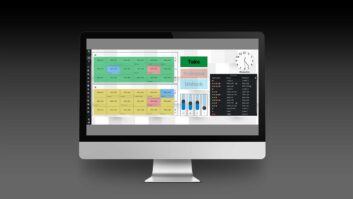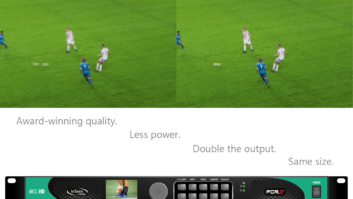“Doing more with less” is a popular marketing slogan, but for many media enterprises, it’s a holy grail.
Demand is exploding for live content on any platform and any device, but media companies are struggling to keep up as their budgets continue to shrink.
Fortunately, technology trends are converging to help make the idea of “doing more with less” a reality. One of the most important, of course, is the migration to IP-based operations that enable more scalable workflows for exchanging and receiving signals – allowing operations to increase output without increasing people or resources. Another key advantage of IP is the use of commodity IT hardware, in contrast with the old days of media operations that ran on specialised boxes, each dedicated to a specific function. Instead, today’s modern broadcast operations are looking to a future where lower-cost, off-the-shelf computers will handle multiple inputs and multiple applications.
While we haven’t completely realised that future yet, the industry is advancing rapidly. The boxes are still there, but they’re becoming less specialised and more multi-purpose. Take, for instance, ChyronHego’s PRIME graphics platform, which stacks an array of diverse applications – branding, a clip player, unified newsroom graphics, graphics-driven video walls, integrated touchscreen – into a single design and playout solution. Another example is Vidigo News, which delivers a complete newsroom workflow in a single workspace.
IP-based technologies are ushering in another important trend, the move to microservices in the cloud. Imagine being able to access a complete production suite in a cloud server and spin up only the resources you need, when you need them – and then spin them down again when the production is finished.
One thing is clear: the old broadcast models that rely on fixed installations, specialised hardware, and large crews of highly trained technicians will have to fall by the wayside, if media companies expect to survive. The good news is the emerging technologies that will enable them to not only survive but thrive.
7.C21







